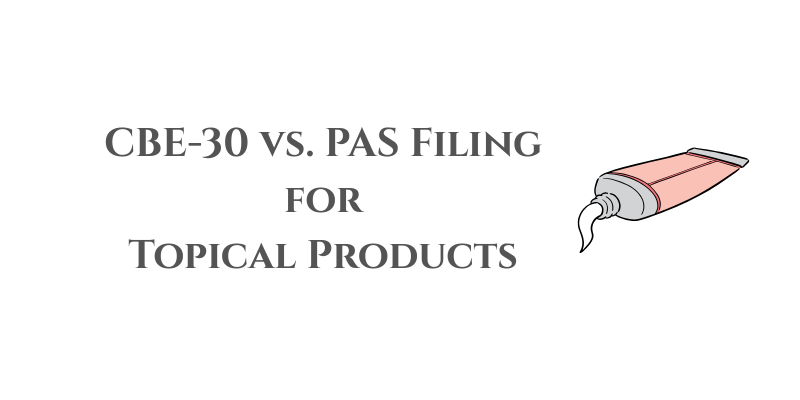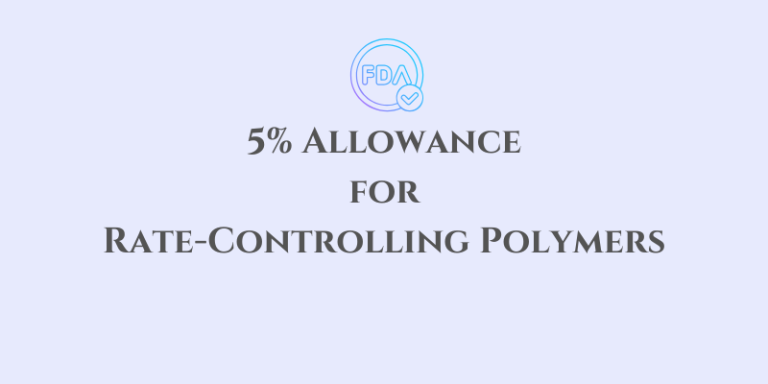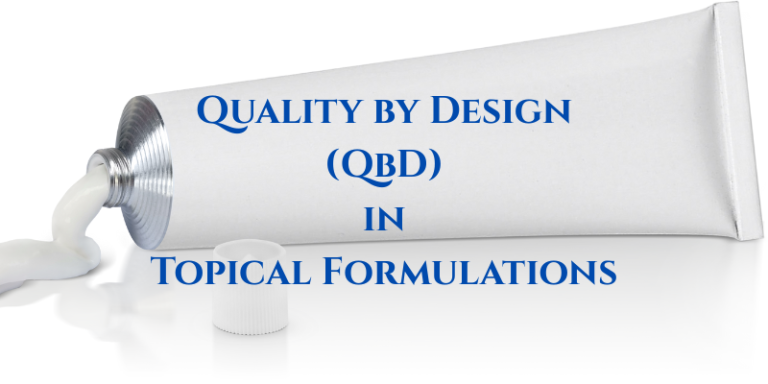CBE-30 vs. PAS Filing for Topical Products
Regulatory compliance is a critical aspect of pharmaceutical product lifecycle management. When making post-approval changes in topical formulations, selecting the appropriate FDA submission pathway—CBE-30 (Changes Being Effected in 30 Days) or PAS (Prior Approval Supplement)—ensures compliance while maintaining business continuity.
Understanding when to file CBE-30 vs. PAS can significantly impact timelines, regulatory approvals, and market availability. Here’s a breakdown:
CBE-30 Filing (Changes Being Effected in 30 Days)
CBE-30 is used for moderate changes that may affect the product’s quality but do not pose a significant risk to safety or efficacy. Key aspects:
- Formulation Adjustments – Minor excipient or preservative modifications within acceptable limits.
- Manufacturing Process Changes – Updates that do not alter the drug’s fundamental properties but require additional validation.
- New Equipment or Facility Changes – When shifting to a new manufacturing site or adding equipment that does not impact product quality.
- Analytical Method Changes – When modifying test methods while maintaining equivalent or improved performance.
Regulatory Requirement: The manufacturer must notify the FDA at least 30 days before distributing the changed product. If the FDA does not raise objections within this period, the change can be implemented.
PAS Filing (Prior Approval Supplement)
PAS is required for major changes that could significantly impact the product’s identity, safety, purity, potency, or efficacy. These changes demand formal FDA approval before implementation. Key scenarios include:
- Significant Formulation Changes – Alterations to active ingredients, emulsifiers, penetration enhancers, or preservatives that affect drug release or absorption.
- Site Transfer to a Non-Approved Facility – Shifting production to a facility that has not been previously approved for the specific product.
- Major Process or Equipment Changes – Changes that impact product performance, stability, or bioequivalence.
- New Dosage Form Introduction – A shift from cream to gel, ointment, or foam, requiring additional clinical or bioequivalence data.
Regulatory Requirement: The FDA must review and approve the PAS before the company can implement the changes. This process takes significantly longer than CBE-30.
Key Considerations for Filing Strategy
- Always conduct comparative stability, impurity, and performance studies before submission.
- Engage with regulatory agencies early to assess potential risk classifications.
- Maintain a robust change control and risk assessment framework to determine the appropriate submission category.
Read also:
- CBE-0, CBE-30 and PAS Submission in ANDA
- Paragraph IV (Para IV) Filing | Overview & Strategies
- Biowaiver for Topical Dosage Forms
Resource Person: Rahul Bhawsar







